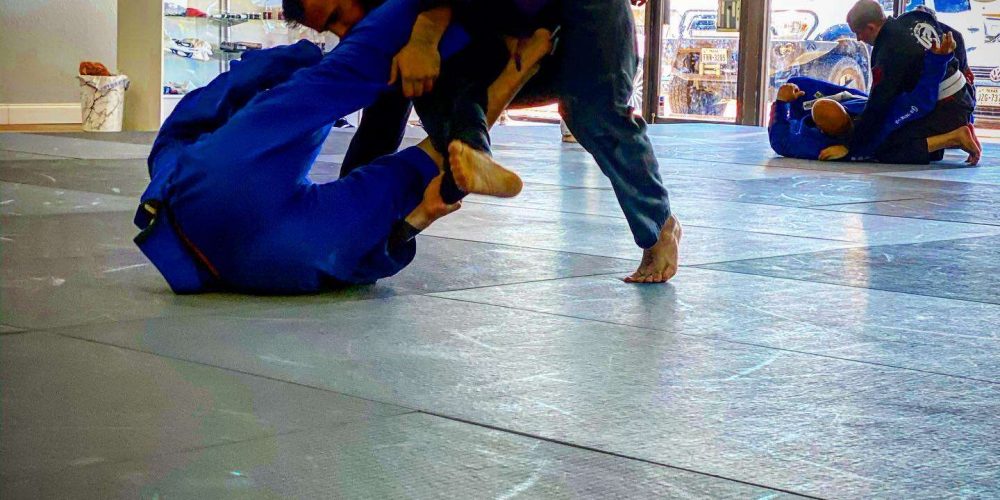Guard Retention is, like the name suggests, retain the guard position. There are a few ways to approach this concept of guard retention. The basics are that we need to understand our opponent’s position and ours; you want to retain your guard while your opponent is trying to pass your guard.
The guard is a ground grappling position in which one combatant has their back to the ground while attempting to control the other combatant using their legs. In pure grappling combat sports, the guard is considered an advantageous position, because the bottom combatant can attack with various joint locks and chokeholds, while the top combatant’s priority is the transition into a more dominant position, a process known as passing the guard
Consider this:
- Framing. There are several lines of thought about the ‘frame’ while you are on guard. One of them is when your knees connect with your elbows forming a rhombus. By connecting the elbows with the knees (the rhombus frame), we allow our legs not to stick too far out.
- Movement. While keeping a good framing position, our opponent’s motive will be passing our guard by pinning our knee to the mat or moving it to the opposite side. The upper body should follow the lower body; if one knee is pin down to the mat, our frame will be broken, then we need that side elbow following the pinned knee, having our center looking right at our opponent’s view. Allowing us to cross our exterior leg to regard. If the leg gets crossed the opposite side, we can either spin or roll out, leaving us in the guard position again.
- Prevention. Many drill movements deal with the prevention aspect. The main purpose is to keep our distance or keep our guard by drilling the endless; shrimp, butt scoot, hip out, etc.; all these movements are meant to create space. Therefore this should be our first line of retaining our guard
Check these great concepts on these videos














Comments 0